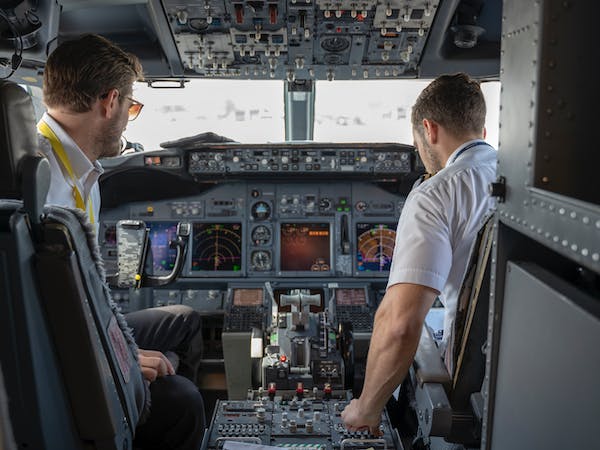Addiction is a hidden epidemic among pilots, often looming in the shadows of a seemingly glamorous industry. It is an illness that affects more than just the individual – it has ramifications for the safety of those on board the aircraft and the thousands of lives in the air.
In the aviation industry, pilots must abide by stringent regulations set forth by the Federal Aviation Administration. They are required to pass rigorous physical tests and exams, and undergo regular drug testing, but are also held to the highest of standards for professionalism and performance. The need to perform on the job can be a significant stressor and these impairments can lead to impairment in judgement, cognition, or motor skills while in the cockpit.
Alcohol and drug use inflight has been a concern since the dawn of aviation. Despite precautions taken by the FAA and other organizations, the prevalence of addiction among pilots is steadily increasing. In a survey of 1,270 pilots conducted in 2013, 15% admitted to having participated in activities that could potentially impair their ability to fly. That same survey also found that 10% reported having a problem with substance abuse. In a study of 14,871 pilots conducted in 2013, 26% reported experiencing at least one symptoms of substance use disorder, such as alcohol or drug dependency.

Alcohol and drug use among pilots can have serious consequences, ranging from decreased performance on the job, to far more dangerous risky behaviors in the air. Studies have shown that addiction in pilots can lead to a decreased ability to make sound judgement in the cockpit, as well as increased fatigue and increased likelihood of engaging in risky behaviors.
In extreme cases, the risk associated with addiction among pilots can be catastrophic. In 1987, when the infamous crash of Northwest Airlines Flight 255 occurred, addiction was found to be a factor. The pilot had a history of alcohol use and had routinely ignored warnings prior to the crash.
The effects of addiction among pilots can be felt from the air traffic controllers down to the passengers on board. Increased fatigue, decreased performance and decreased judgement can put the safety of countless lives at risk. It is the responsibility of the aviation industry to recognize and take action to combat addiction in pilots.
Educating pilots on the risks and dangers of addiction can go a long way in addressing this issue. Improved screening processes and continued monitoring for signs of substance use should be mandatory for all pilots. Treatment should also be made available for those pilots who need it. The aviation industry needs to take a progressive approach to addressing the issue of addiction to ensure the safety of all passengers in the air.